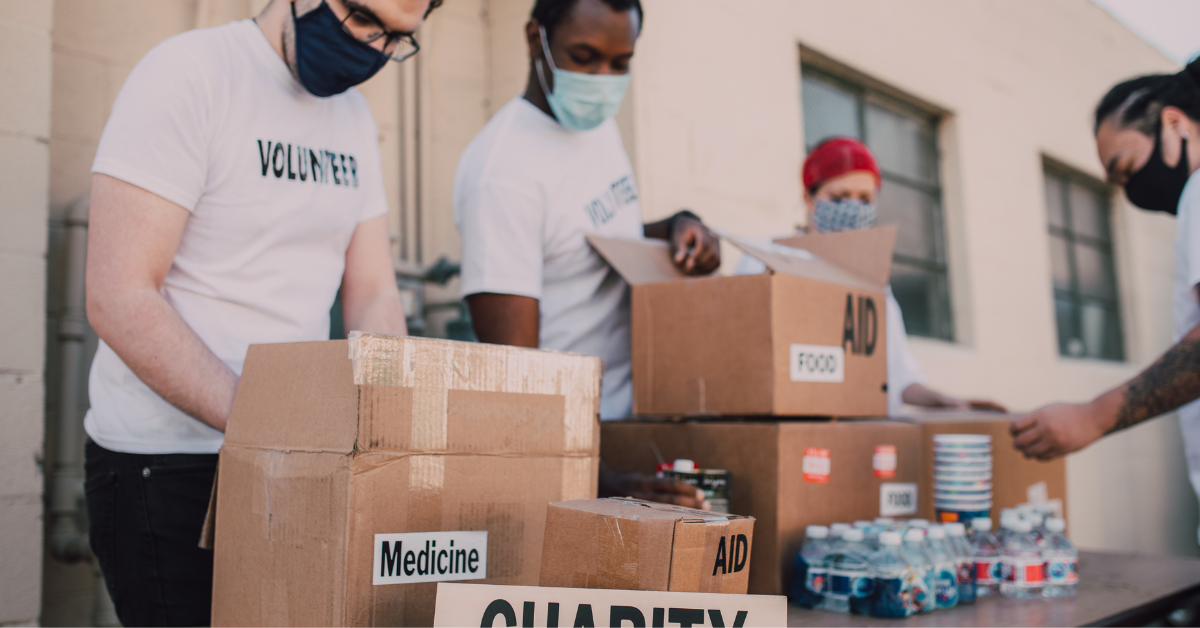Donors often think of their philanthropy as an investment in the future—and they want to see a meaningful return. Development professionals know how critical it is to show donors the impact of their past contributions. However, one opportunity that is often missed is the chance to provide a personal touch through meaningful stewardship that facilitates Personal Impact Experiences (PIE).
More PIE, Please!
Personal Impact Experiences are about leveraging the information we know about a donor into a personally resonant demonstration of a contribution’s impact. Working with donors naturally reveals details about their lives, personalities, and preferences. These details enable us to work with them in a way that suits their communication style—but they also give us useful insights into how we might make stewardship more meaningful. Consider the personal touch of the hospital that received a valuable painting as a gift from a donor couple. When the couple received a holiday card from the organization featuring the painting prominently on display, they felt the impact of their contribution in a uniquely personal way.
Are you missing these 3 opportunities give donors more PIE?
- Take it down to the individual level
People give to make a difference in the lives of others. When we share the impact of a contribution, it is often meaningful to share an individual person or family’s story. Donors might know the technical impact of a contribution already, but the personal connection conveyed through a story is more memorable, meaningful, and moving than a simple statistic.Well-known psychological research also supports this tactic. Psychic numbing is the term for the phenomenon that occurs when we try to imagine and empathize with a massive number of people. Both circumstantial evidence and scientific research have proven that we find it easier to empathize with fewer people, and easiest to empathize with only one.
Taking this into consideration during stewardship, the individual stories we share should be selected with a donor’s own experiences and values in mind. Knowing a scholarship donor has a passion for animals, for example, we might share the story of impact in the life of a scholarship recipient who shares that passion. Personally relatable stories will maximize the impact.
- Tie it to the donor’s life-changing experiences/personal story
Major contributions often have a broad impact, and there are many details of the organization’s important work that can be shared. When determining which details to feature prominently in our stewardship communications, it is most effective to share those details that have a close tie to a donor’s own experiences.Recall the concept of Development Magic. Donors find the most joy in their contributions when there is a clear tie between the philanthropic opportunity and the donors’ own life experiences and passions. These passion-based philanthropic opportunities are only possible when we uncover the personal reasons why donors give—but these reasons do not cease to be significant after a contribution has been made. Consider the donor who endowed a lecture series in honor of her late husband. Her personal reason for supporting research in this disease area drove the organization’s stewardship efforts—leading to larger, more meaningful giving.
When projects have many details and broad-reaching impact, be sure to provide the information a donor will find most meaningful by considering what drives their motivation.
- Share your own personal experience
Whether they give from their personal funds or serve the mission primarily through funds development, development professionals are often deeply connected to the organizations they serve. When seeing the impact of the work firsthand, development professionals can develop personal reasons for supporting the cause that are highly relatable to donors. As we encourage donors to think about and share their own reasons for giving, we can set the stage for these conversations by leading with our own experiences.–How has the mission impacted you personally?
-Where have you witnessed its results?
-When you consider the organization’s impact, what is most meaningful to you?Considering the answers to these questions and sharing them, as appropriate, can create an environment where donors feel welcome to share what is meaningful to them. It can also provide an “inside scoop” on what is happening at the organization, which helps reinforce a donor’s impression that he or she is part of the team.
What do you do to make stewardship personal, meaningful, and relevant to donors? What strategies have you implemented with success?



